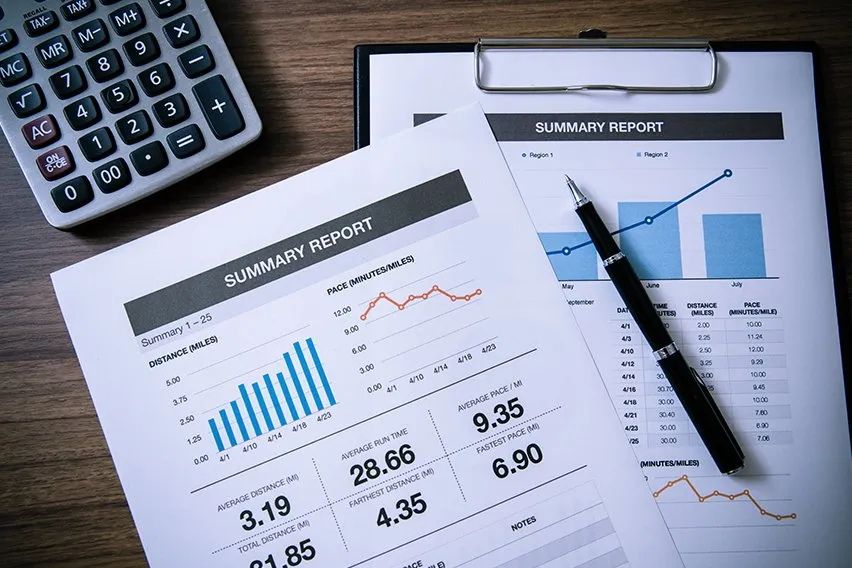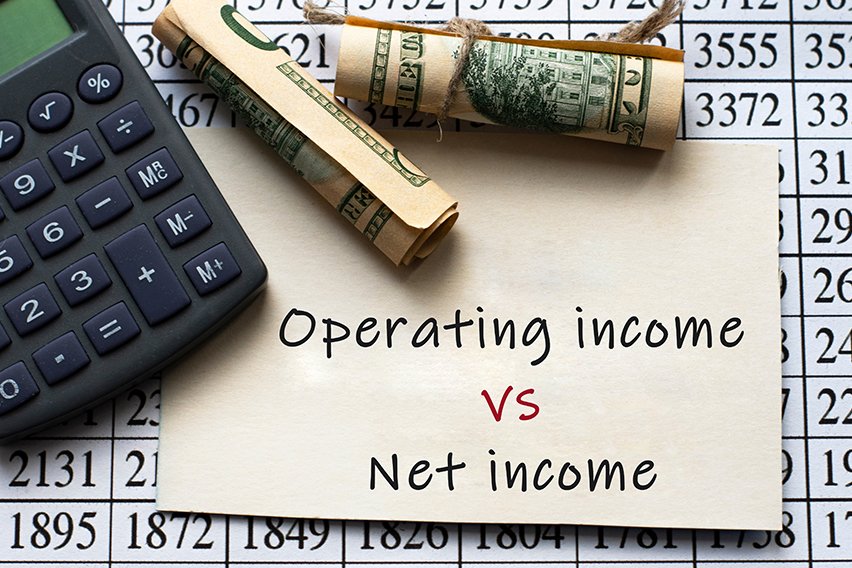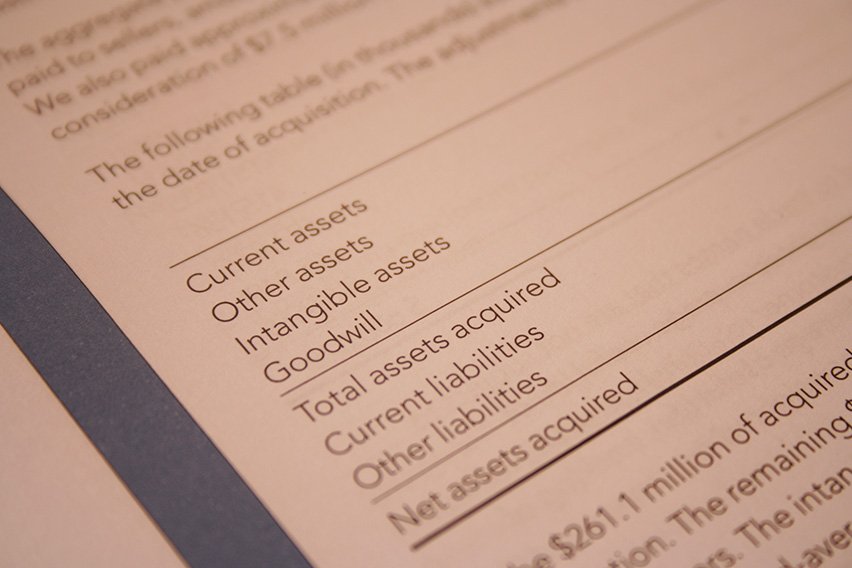How you use the Shareholders Equity Formula to Calculate Stockholders’ Equity for a Balance Sheet?

Stockholders’ equity can be calculated by subtracting the total liabilities of a business from total assets or as the sum of share capital and retained earnings minus treasury shares.
The stockholders’ equity, also known as shareholders’ equity, represents the residual amount that the business owners would receive after all the assets are liquidated and all the debts are paid. Shareholder equity is also known as the book value of the company and is derived from two main sources, the money invested in the business and the retained earnings.
What this article covers:
- How Do You Calculate Shareholders’ Equity?
- What Is the Formula for Equity?
- What Is the Stockholders’ Equity Equation?

How Do You Calculate Shareholders’ Equity?
The shareholders’ equity is the remaining amount of assets available to shareholders after the debts and other liabilities have been paid. The stockholders’ equity subtotal is located in the bottom half of the balance sheet.
When the balance sheet is not available, the shareholder’s equity can be calculated by summarizing the total amount of all assets and subtracting the total amount of all liabilities. The net result of this simple formula is stockholders’ equity.
Alternately, you can calculate the shareholders’ equity by locating the amount from individual accounts in the general ledger. It is the total amount of capital that the shareholders give a company in exchange for shares, plus any donated capital or retained earnings
What Is the Formula for Equity?
The simplest and quickest method of calculating stockholders’ equity is by using the basic accounting equation.
The Formula
Shareholders’ Equity = Total Assets – Total Liabilities
In this formula, the equity of the shareholders is the difference between the total assets and the total liabilities. For example, if a company has $80,000 in total assets and $40,000 in liabilities, the shareholders’ equity is $40,000. This is the business’ net worth.
To determine total assets for this equity formula, you need to add long-term assets as well as the current assets. Current assets are the cash, inventory and accounts receivables.
Long-term assets are the value of the capital assets and property such as patents, buildings, equipment and notes receivable. These assets should have been held by the business for at least a year. It’s important to note that the recorded amounts of certain assets, such as fixed assets, are not adjusted to reflect increases in their market value.
To compute total liabilities for this equity formula, add the current liabilities such as accounts payable and short-term debts and long-term liabilities such as bonds payable and notes.

What Is the Stockholders’ Equity Equation?
Stockholders’ equity has three major components: share capital, retained earnings and treasury shares.
The Formula
Stockholders’ Equity = Share Capital + Retained Earnings – Treasury Shares
This formula is known as the investor’s equation where you have to compute the share capital and then ascertain the retained earnings of the business.
-
Share Capital
The share capital represents contributions from stockholders gathered through the issuance of shares. It is divided into two separate accounts common stock and preferred stock.
-
Retained Earnings
Retained earnings, also known as accumulated profits, represent the cumulative business earnings minus dividends distributed to shareholders. To fully understand this concept, it’s helpful to know how to calculate retained earnings, as it provides insight into a company’s profitability over time.
-
Treasury Shares
Treasury shares are issued by the company and later reacquired. The cost of these shares is deducted from stockholders’ equity.
The stockholders’ equity is only applicable to corporations who sell shares on the stock market. For sole traders and partnerships, the corresponding concepts are the owner’s equity and partners’ equity.
RELATED ARTICLES

 How Do You Calculate Operating Income?
How Do You Calculate Operating Income? Operating Income vs. Net Income: Which Should You Pay Attention To?
Operating Income vs. Net Income: Which Should You Pay Attention To? How to Calculate Goodwill of a Business: Step-By-Step
How to Calculate Goodwill of a Business: Step-By-Step What Are Operating Activities in a Business?
What Are Operating Activities in a Business? Foreign Currency Translation: International Accounting Basics
Foreign Currency Translation: International Accounting Basics What Is a Periodic Inventory System and How Does It Work?
What Is a Periodic Inventory System and How Does It Work?